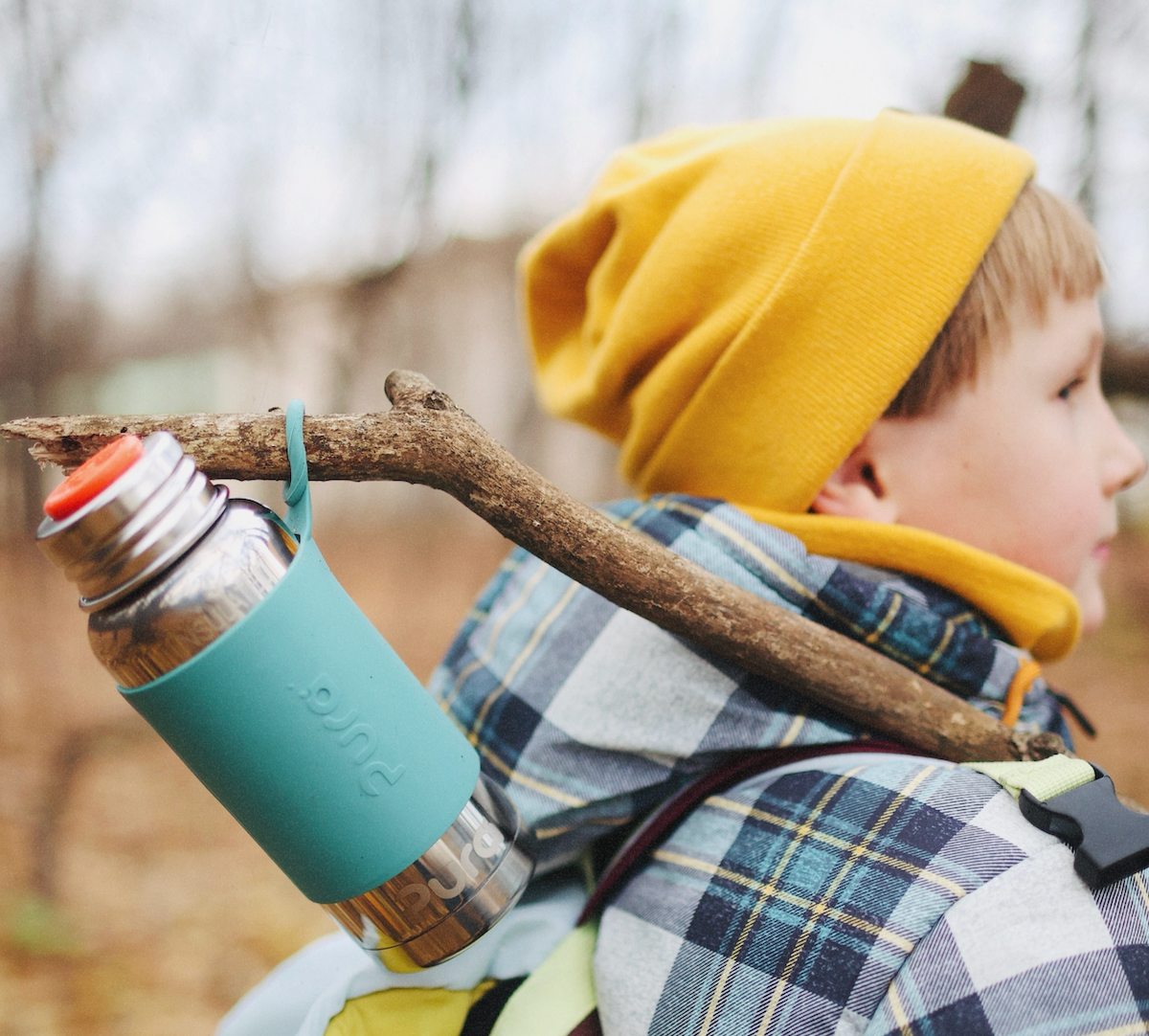
No matter the season, you can always find ways to enjoy nature — and one of our favourites is cold-weather camping. Spending a night or two outdoors is a perfect way to help your family appreciate the earth while beating the winter blues! Of course, there are a few things to know before you pitch your tent. So, keep reading for our top cold-weather camping tips…

1: Prioritise safety
Cold-weather camping can be dangerous without the proper precautions. That’s why we recommend always checking the forecast before you go and choosing a location that’s “on the grid.” Bring emergency supplies including a first aid kit, emergency blanket, warming pads, a satellite phone, spare batteries, and extra lights.
2: Bring along the essentials
When it comes to your cold-weather camping gear, you’ll need a closed-cell foam sleeping pad, sleeping mat, sleeping bag, and a tent — all rated for temperatures lower than you expect to face. If you’re camping in the snow, additional items like a shovel and snowshoes are important. While a camping stove is a must-have, a camping heater and a hot water bottle can also make a big difference!

3: Wear warm, waterproof clothing
When cold-weather camping, always bring well-fitting clothes designed for winter conditions. We suggest synthetic or wool fabrics, along with thermals and down jackets. Instead of tight clothing, which can restrict blood flow, dress in layers. Don’t forget waterproof boots, trousers, and a jacket — plus sunglasses, hats and gloves!
4: Set up camp wisely
Before the sun sets, choose a good spot to pitch your tent. Avoid areas at risk of avalanches, flooding, or falling tree limbs. If you’re camping in snow, prep the campsite by stomping on the snow to pack it down and reduce melting. Ideally, pick a location naturally sheltered from the wind that will warm up with the morning sun.

5: Stay dry
Staying warm is important — but staying dry is just as crucial! Overheating can cause perspiration, which cools you down as it evaporates. Air out your tent to avoid trapping moisture inside, and avoid breathing into your sleeping bag. Steer clear of wearing or using damp clothing, shoes, or bedding.
6: Sleep smart
Before bed, warm yourself up with some light exercise and a hot drink. This is also a great time to fill a hot water bottle to keep in your sleeping bag. If you don’t have one, try stuffing extra clothes inside your bag for added insulation — and they’ll be warm and ready when you need to put them on in the morning!

7: Stay well fed and hydrated
Your body burns more calories trying to stay warm, so make sure you eat and drink more than usual. Choose healthy, high-calorie foods rich in fat and protein. We recommend bringing along Pura insulated stainless steel water bottles and lunch jars to keep your food and drinks at the perfect temperature.

We hope these tips inspire your family to enjoy a fun and safe winter camping trip. And as always, when you're in nature, please leave the earth more beautiful than you found it. To start stocking up on eco-friendly products for your next adventure, head to our website to shop now!



